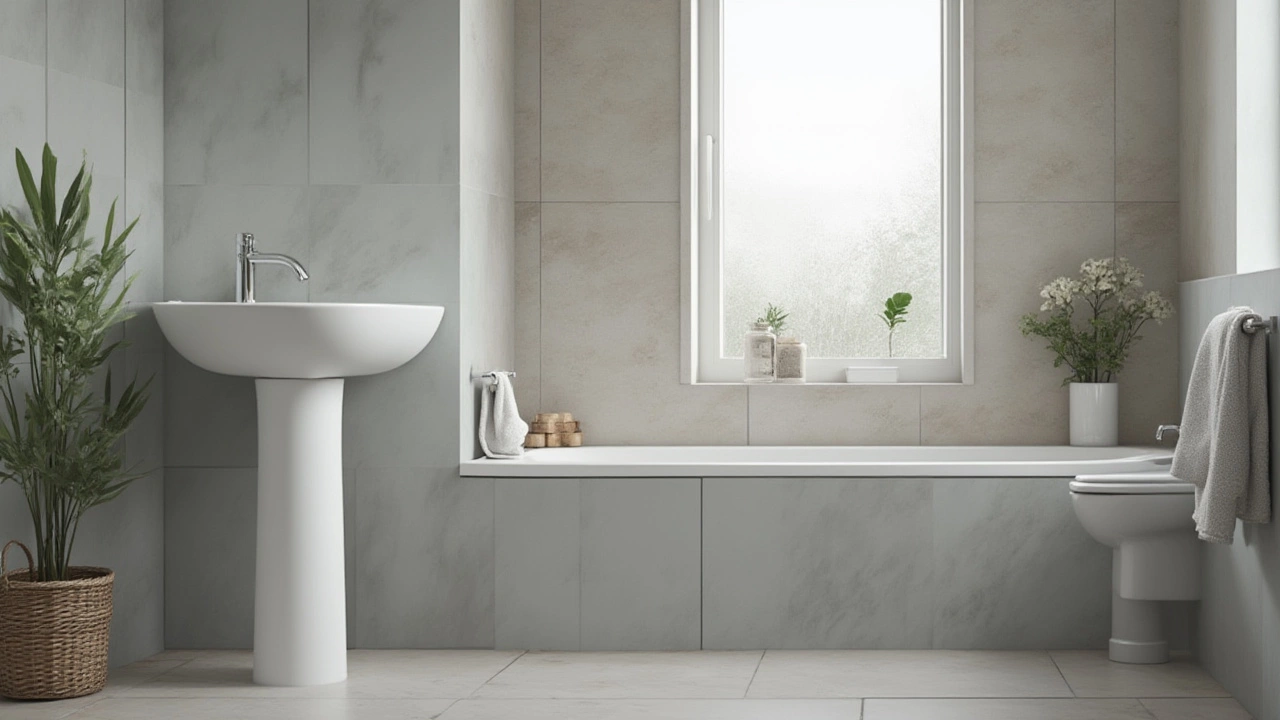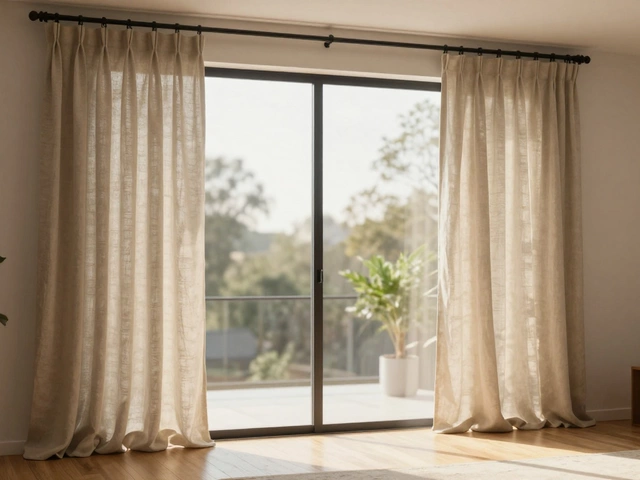Bathroom Hardware Tips: What to Choose and How to Install
When you start a bathroom refresh, the hardware you pick makes the biggest difference. A new tap, a sleek shower valve or a simple towel rail can turn an ordinary space into a place you actually enjoy using. Below you’ll find straight‑forward advice that helps you decide what to buy, how much to spend and how to fit it without calling a pro for every little job.
Pick the Right Finish for Your Style
First, think about the look you want. Chrome is bright and easy to clean, but it can show water spots. Brushed nickel hides fingerprints and adds a soft glow. Matte black is bold and modern, while brass brings warmth. Choose one finish and stick with it for taps, showerheads and accessories – consistency makes the room feel put together.
If you have a mixed‑metal look in mind, limit it to two finishes at most. For example, pair chrome fixtures with a brushed‑nickel towel rail for subtle contrast. Anything more than that can look chaotic.
Know Your Budget and Priorities
Hardware ranges from budget‑friendly to high‑end designer pieces. Decide which items matter most for you. A quality shower valve can affect water pressure and durability, so it’s worth spending a bit more here. On the other hand, a basic towel rail can be inexpensive and still do the job.
Set a clear budget per item before you shop. Many stores label the price tier, so you can compare features quickly. Look for a warranty – a 5‑year guarantee on a faucet can save you money down the line.
When you shop online, filter by finish, price range and user rating. Read the reviews that mention installation ease; a product with a complicated setup can cost you extra time.
Measure Twice, Install Once
Before you start any installation, measure the distance between existing holes and the height of the wall. Classic bathroom tap holes sit about 4‑6 inches apart. If you’re adding a new faucet, mark the centerline first then drill carefully.
Use a level to make sure the tap sits straight. An uneven faucet not only looks odd but can leak over time. For shower valves, follow the manufacturer’s diagram – most modern units have a quick‑connect system that saves you from soldering pipes.
If you’re not comfortable with plumbing, consider a snap‑fit valve. It clamps onto existing pipe without pipe‑cutting, and many tutorials show the whole process in minutes.
Maintain Your Hardware for Longevity
Regular cleaning keeps hardware looking new. A mix of warm water and a few drops of dish soap wipes away grime without damaging finishes. For stubborn limescale, soak a cloth in white vinegar and wrap it around the tap for 15 minutes, then rinse.
Check for loose screws once a month. Tightening a single screw can prevent a drip that later becomes a major leak. Replace washer kits as soon as you notice a slow drip – they’re cheap and easy to install.
Finally, avoid abrasive cleaners. Scrubbing pads can scratch chrome or nickel and make the finish look dull.
With the right choices, a bit of planning and simple upkeep, your bathroom hardware will look great and work flawlessly for years. Use these tips as a checklist the next time you head to the store or start a DIY project, and you’ll end up with a bathroom that feels both stylish and functional.






